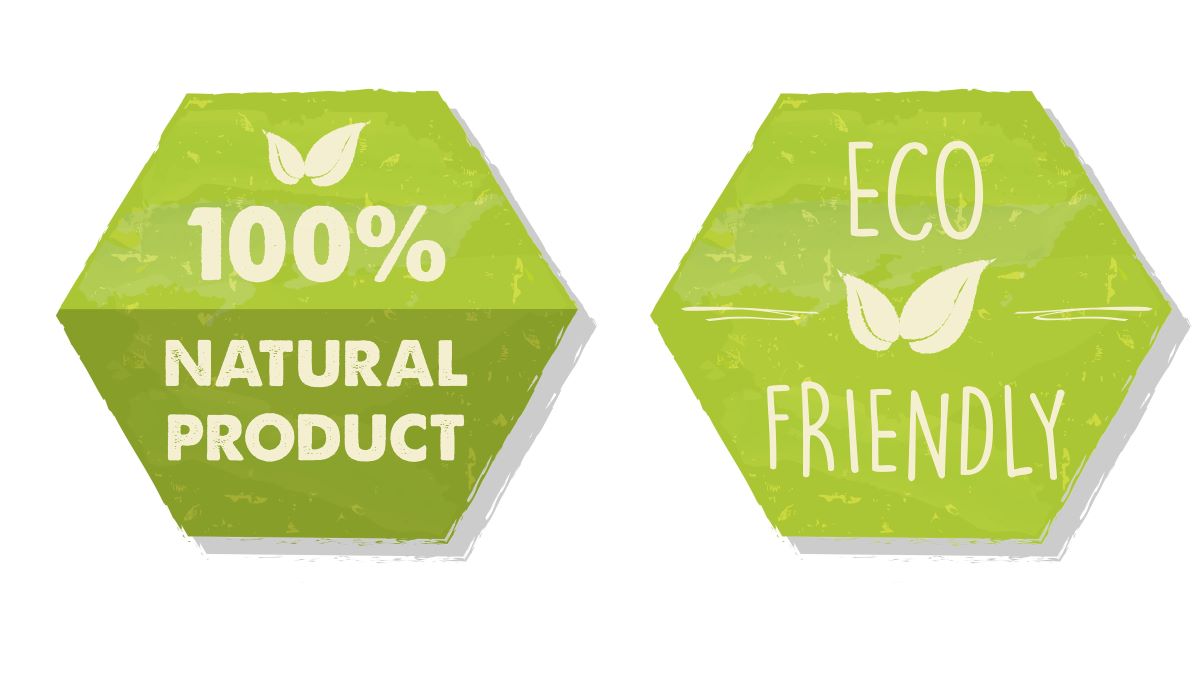
"More of us are concerned about making environmentally conscious purchases, and marketers have our number. But "eco-friendly" labeling on a product's packaging doesn't necessarily mean the item is more sustainable than other brands; it may even be a signal that you cannot trust the claim. To be smart shoppers, we need to learn how to spot greenwashing, including the most common ways that marketers greenwash products: hidden trade-offs and unsubstantiated claims."
"Consumer demand for sustainable products continues to grow. According to a 2024 PwC survey of more than 20,000 consumers in 31 countries, 80% will pay an average of 9.7% more for sustainably produced goods. Pricing consultancy Simon-Kucher's 2024 Global Sustainability Study also found that 54% of shoppers are willing to pay a premium for sustainable products, up from just 35% in 2022. These findings should inspire companies to make greener products. But some companies respond to that information with, "Let's don't and say we did.""
Greenwashing is the practice of marketing products to appear more environmentally friendly than they actually are. Eco-friendly labeling on packaging does not guarantee a product is more sustainable and can be misleading. Common greenwashing tactics include hidden trade-offs and unsubstantiated claims that obscure true environmental impact. Consumer willingness to pay more for sustainable goods has risen, with major surveys showing large majorities willing to pay premiums. Some companies exploit that demand by making deceptive claims instead of improving practices. Recent reports show overall greenwashing cases fell slightly while high-severity incidents increased globally.
Read at Earth911
Unable to calculate read time
Collection
[
|
...
]